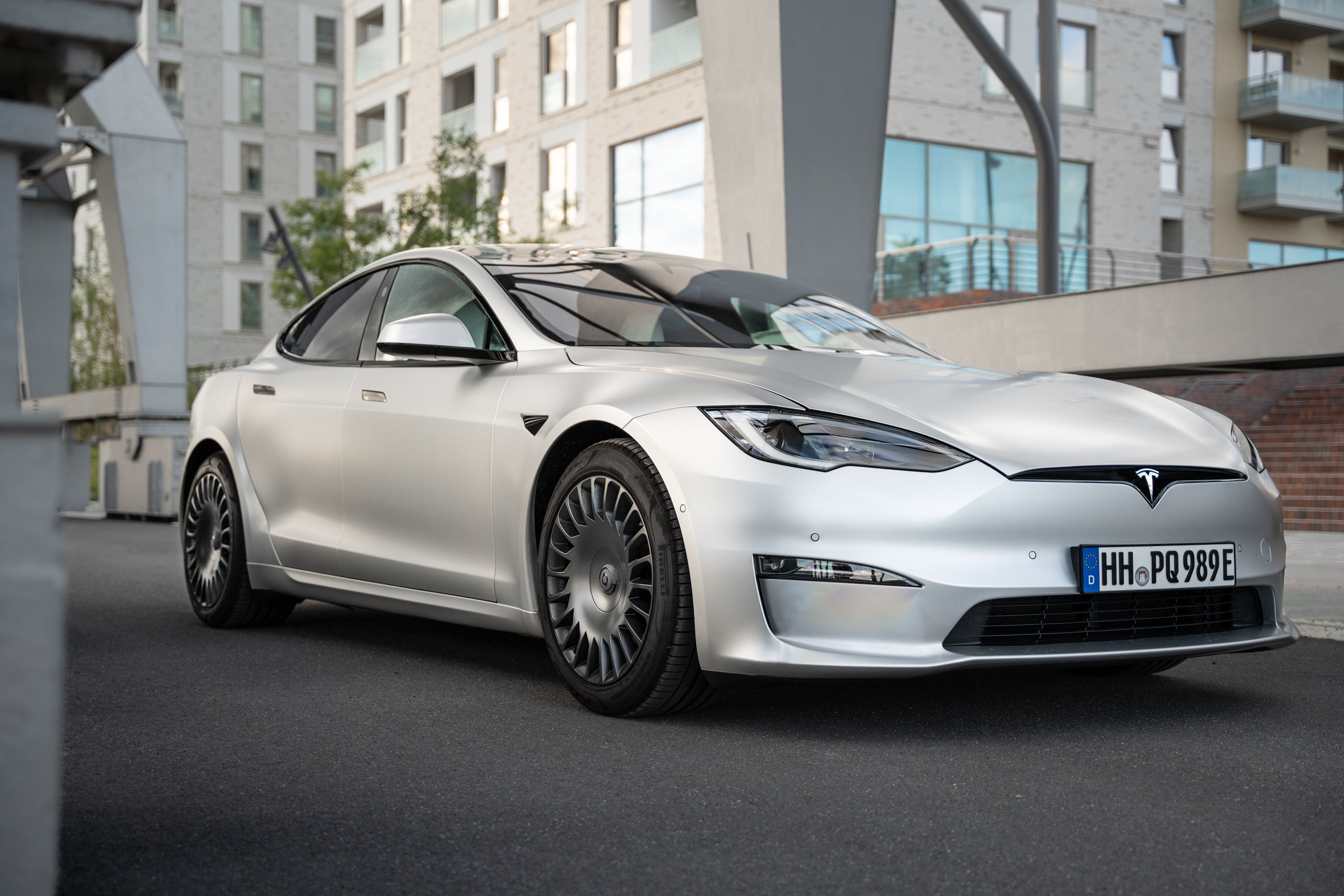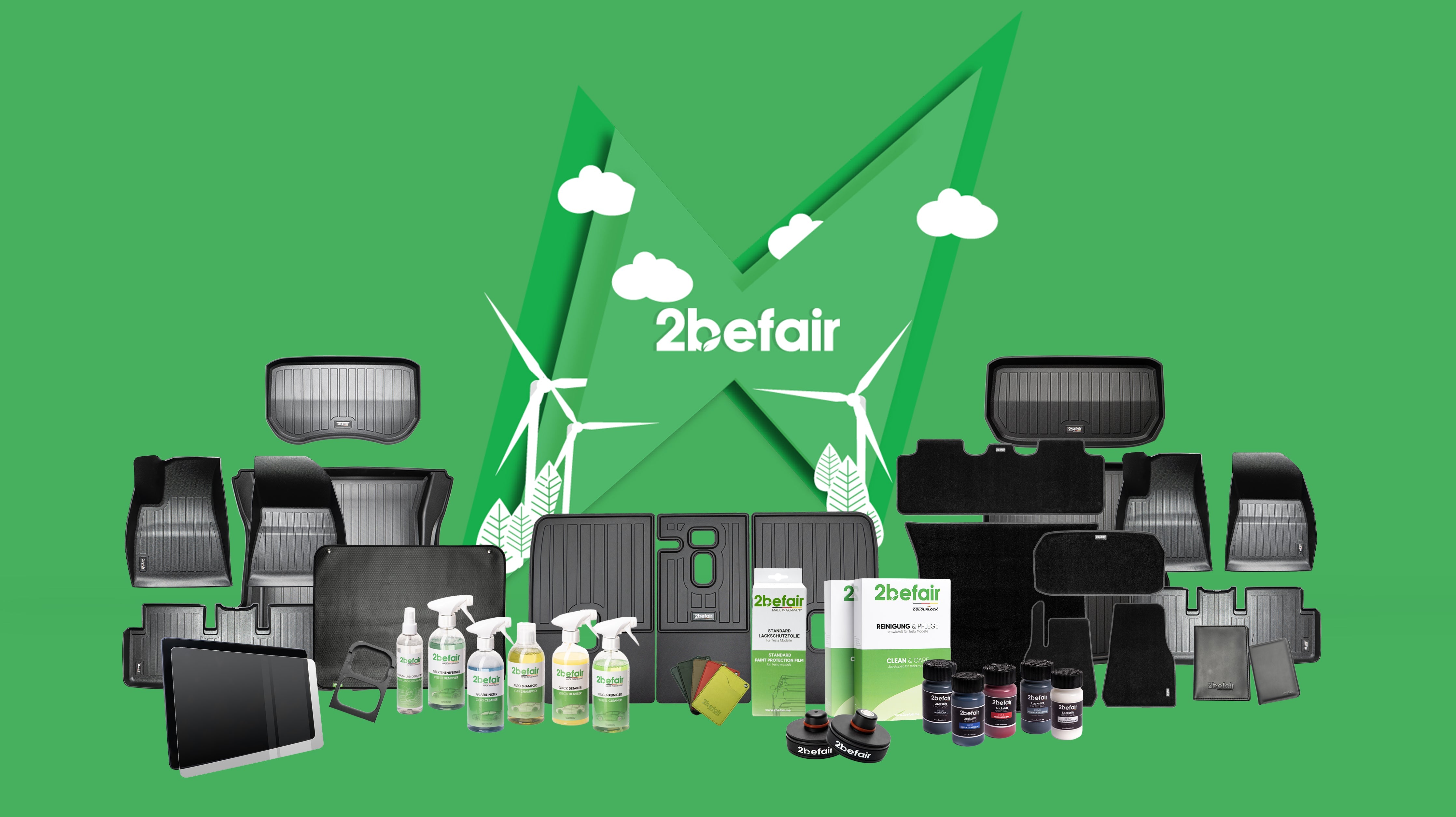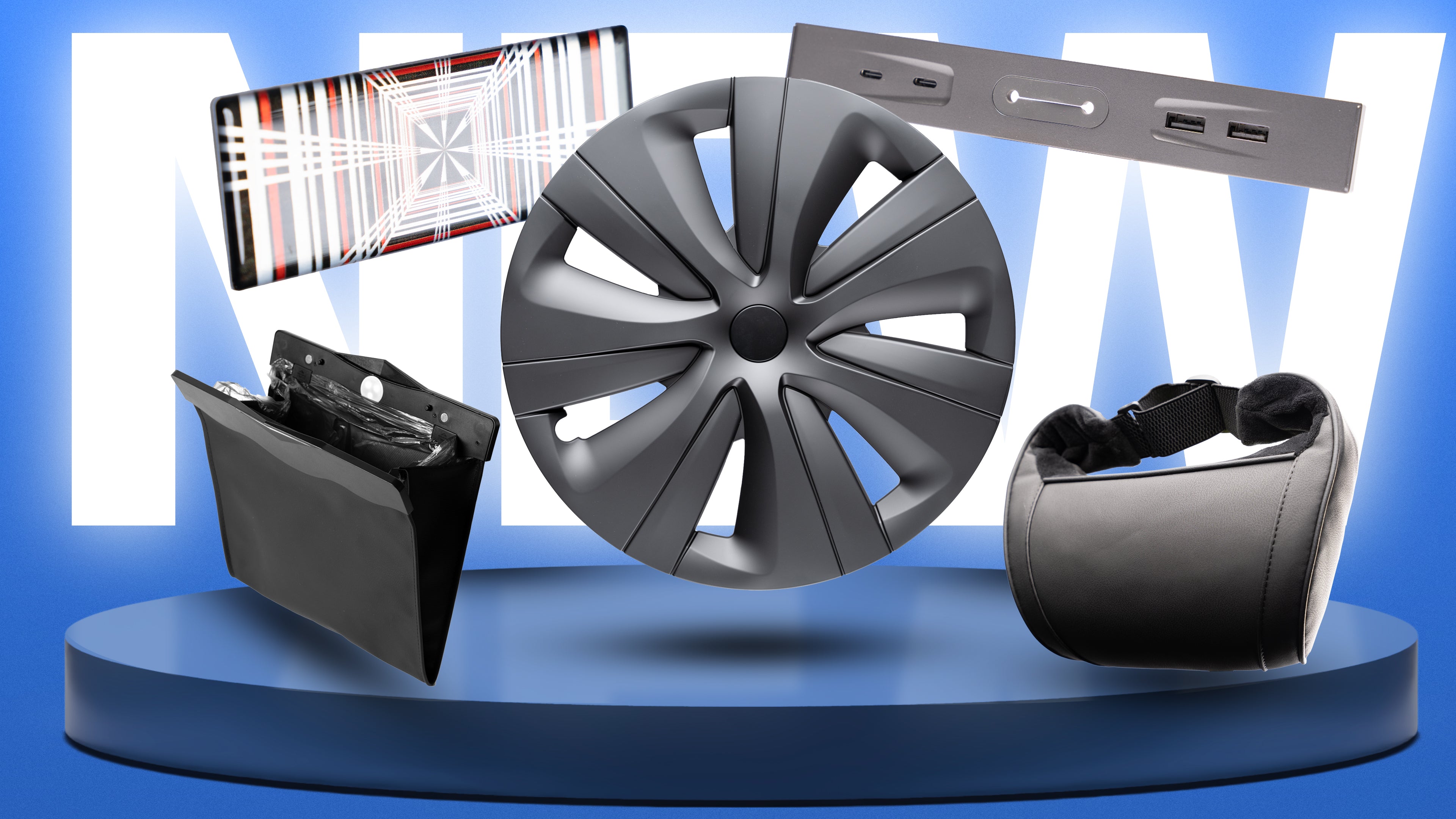Tesla brings a new, slimmed down version of the Model 3 onto the market that is supposed to reduce the price for buyers. This favorable variant of the Model 3 RWD (Rear Wheel Drive) does without several premium equipment and could be a harbinger of a future entry-level model.
Details for equipment
The new version of the Model 3 In Mexico, a textile interior comes instead of the previous vegan leather. Further savings are shown in the equipment: heated and ventilated seats as well as a heated steering wheel are no longer available. The fund screen, which is installed in other models, was also removed. The ambient lighting is limited to a white color instead of being customizable in different colors. In addition, the acoustic glass is only installed on the front windows, which reduces noise insulation.
These changes are particularly geared towards the Mexican market, where the warmer climate brings less need for heated seats and steering wheels. However, reduced comfort could be problematic for buyers in cooler climate zones.



Price and reactions
Due to the saved functions, the price for the new model 3 variant in Mexico has been reduced to around 749,000 pesos, which corresponds to around 37,000 euros. This means a price reduction of around 50,000 pesos (2,450 euros) compared to the previous version. The reactions to the price reduction are mixed: some buyers welcome the lower costs because they now make the vehicle accessible to a wider audience. Critics, on the other hand, criticize the loss of comfort and compare the model with competitive offers that offer more equipment despite lower prices.
Strategy and future prospects
It is unclear whether Tesla the stripped down version will also introduce in other markets. The changes could be a test run to find out how cheaper equipment affects the sales figures. Tesla-CEO Elon Musk had rejected the plans for an extremely cheap 20,000 euro model, but this new variant could still pave the way for cheaper models, especially for markets with different needs and price sensitivity.
The question remains whether this strategy will also be successful in other regions and whether similar models in colder countries or markets will come onto the market with a higher comfort entitlement.






































